What is Repo Rate? Meaning, Types, and Basics Explained
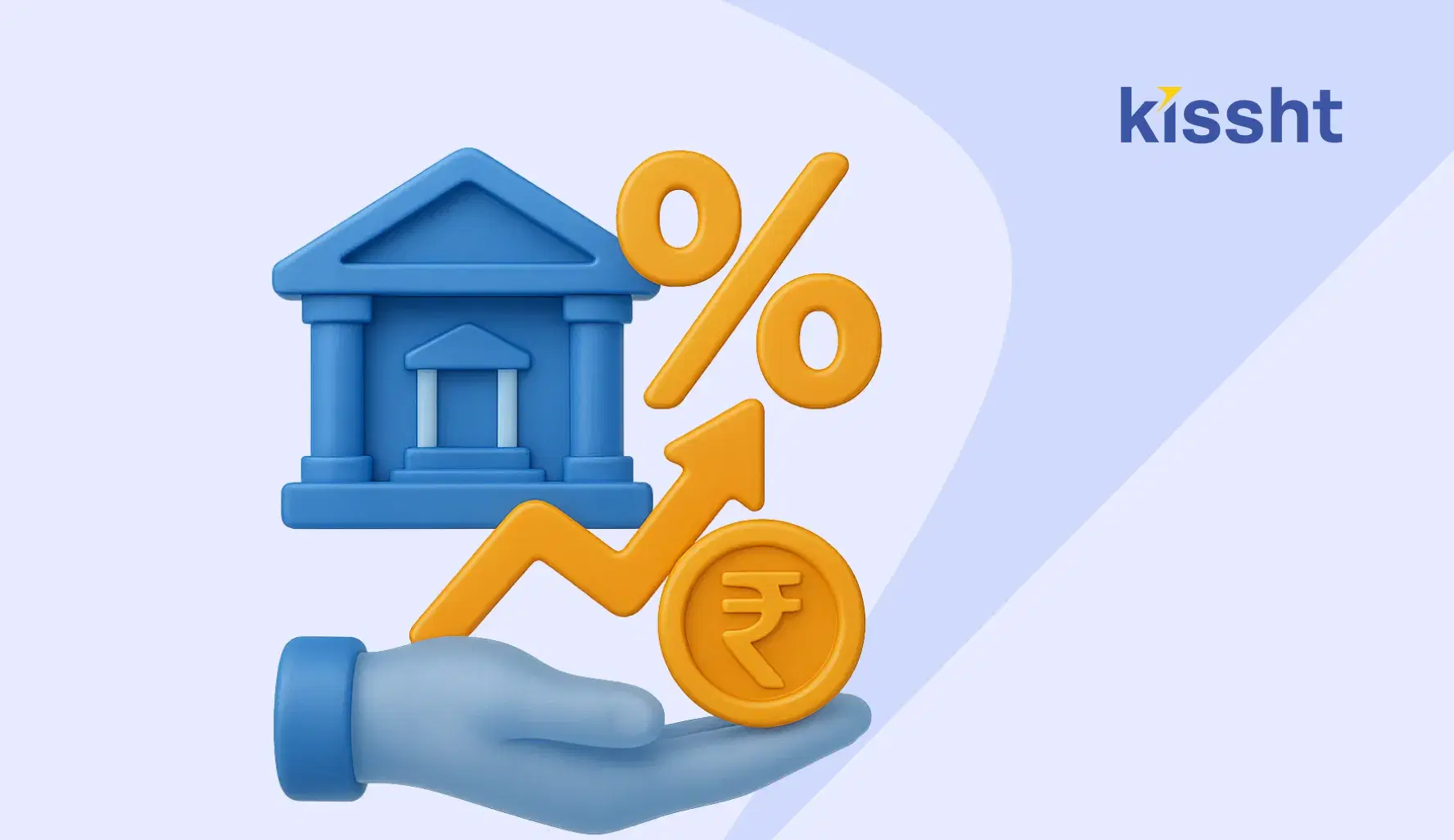
Understanding how money flows through an economy often starts with one important concept: the repo rate. Whether you are looking for an instant online loan, planning a home loan, or managing your personal finances, the repo rate plays a silent yet powerful role in shaping borrowing costs.
In this article, we will break it down in a way that is simple, engaging, and useful for everyday decision-making.
Repo Rate Meaning: The Basics
The repo rate is the interest rate at which the Reserve Bank of India (RBI) lends money to commercial banks when they face short-term shortages of funds. The word “repo” comes from repurchase agreement, meaning banks borrow funds from the RBI by selling government securities with a promise to buy them back later at a set price.
In simple terms, think of it as the RBI acting like a lender of last resort for banks. By changing this rate, the central bank has the ability to influence how expensive or cheap borrowing becomes for banks, which then affects businesses, individuals, and even the price of goods in your local market.
Repo Rate Full Form: Repurchase Option Rate
Why Does Repo Rate Matter?
-
For borrowers: When the repo rate increases, banks tend to raise their loan interest rates, making loans more expensive. Conversely, when the repo rate decreases, loans often become cheaper.
-
For savers: A higher repo rate usually means better deposit interest rates in banks.
-
For the economy: It helps control inflation and stabilize growth.
This single rate works like a lever for the entire financial system.
Types of Repo Rates
While most people hear about the current repo rate today, the system actually uses a few different types of repo arrangements.
-
Fixed Repo Rate – A standard rate set by the RBI for lending funds to banks.
-
Variable Repo Rate – Determined through an auction process where banks bid for funds.
-
Reverse Repo Rate – Refers to the rate at which the Reserve Bank of India takes money from commercial banks, absorbing liquidity.
-
Term Repo – Funds borrowed for a fixed period longer than overnight, often 7, 14, or 28 days.
-
Long-Term Repo Operations (LTROs) – Introduced in recent years to provide banks with longer-duration liquidity at stable rates.
How the Repo Rate Impacts You
Even if you never directly borrow from the RBI, its decisions trickle down into your financial life.
-
Home Loans: A fall in repo rate means banks can reduce interest rates on mortgages.
-
Personal Loans: Lower repo rates make borrowing more affordable.
-
Business Loans: Entrepreneurs benefit from reduced borrowing costs when repo rates drop.
-
Daily Spending: Changes in repo rate influence inflation, which affects how much you pay for essentials.
The Current Repo Rate Today
As of now, the current repo rate set by the RBI is one of the most closely monitored numbers in the financial world. It signals the RBI’s stance on inflation and growth.
Here’s a simplified snapshot:
| Term | Details |
|---|---|
| Repo Rate Meaning | Rate at which RBI lends money to commercial banks |
| Repo Rate Full Form | Repurchase Option Rate |
| Authority | Reserve Bank of India (RBI) |
| Current Repo Rate Today | 6.50% (subject to change after RBI policy updates) |
| Effect of Increase | Higher loan interest rates, controlled inflation |
| Effect of Decrease | Cheaper loans, potential rise in inflation |
(Note: The actual number for the repo rate keeps changing. Always check the official RBI updates for the most accurate figure.)
Repo Rate Explained with an Example
Imagine you want to borrow money through the best loan provider. If the repo rate is high, that provider is likely to charge you a higher interest rate because their own cost of borrowing from the RBI is higher. On the other hand, when the repo rate falls, banks and loan providers can reduce their lending rates, making it easier for you to borrow.
So, whether you’re applying for a home loan, business loan, or using a quick loan app for personal needs, the repo rate indirectly shapes your EMI.
Historical Trend of Repo Rate
The RBI adjusts the repo rate depending on economic needs.
-
During inflation: Repo rate is increased to make borrowing expensive and slow down demand.
-
During slowdown: Repo rate is cut to encourage borrowing and spending.
| Year | Repo Rate Range | Economic Context |
|---|---|---|
| 2019 | 5.15% | Growth slowdown, RBI cut rates |
| 2020 | 4.00% | Pandemic relief, historic low rates |
| 2022 | 6.25% | Inflation control after reopening |
| 2023–24 | 6.50% | Stable policy, balancing growth & prices |
Repo Rate and Personal Finance Planning
If you are considering a loan, watching the repo rate is crucial. A falling repo rate can be the right time to take a big-ticket loan, while a rising rate might make you reconsider.
For short-term needs like festive shopping or emergency expenses, platforms like Kissht offer flexible options through their quick loan app, giving access to funds without waiting for policy changes.
Final Thoughts
The repo rate may seem like a technical detail, but it directly influences your loans, savings, and everyday expenses. By keeping track of the current repo rate, you can make smarter financial decisions. Whether you are choosing the best loan provider, applying for an instant loan online, or simply planning your monthly budget, understanding how the repo rate works gives you a clear advantage.
FAQs
1. What is the repo rate in simple terms?
It is the rate at which the RBI lends money to banks against government securities.
2. What is the current repo rate?
The current repo rate today is 6.50 percent (subject to RBI updates). Always refer to official announcements.
3. How does the repo rate affect loan interest rates?
An increased repo rate results in higher borrowing expenses for banks. These costs affect banks, and they transfer the impact to customers through increased lending charges.
4. Why does the RBI change the repo rate?
The RBI adjusts the repo rate to control inflation, manage liquidity, and stabilize economic growth.
5. Does repo rate impact personal loan apps like Kissht?
Yes. If the repo rate rises, borrowing costs increase across banks and loan providers, which can impact the interest rates offered by platforms like Kissht.

Instant Loans at Your Fingertips
Personal Loan
Fast, hassle-free loan for your personal needs.

Business Loan
Fuel your business growth with quick approvals.

Loan Against Property
Unlock your property’s value with ease.

Credit Pulse
Boost your credit score with smart insights.

Track your credit score
Simply enter your mobile number to get a quick overview of your credit score.
Check Now
Related articles

Nov 28, 2025
10 Common Online Fraud Tricks Used to Steal Your Hard-Earned Money
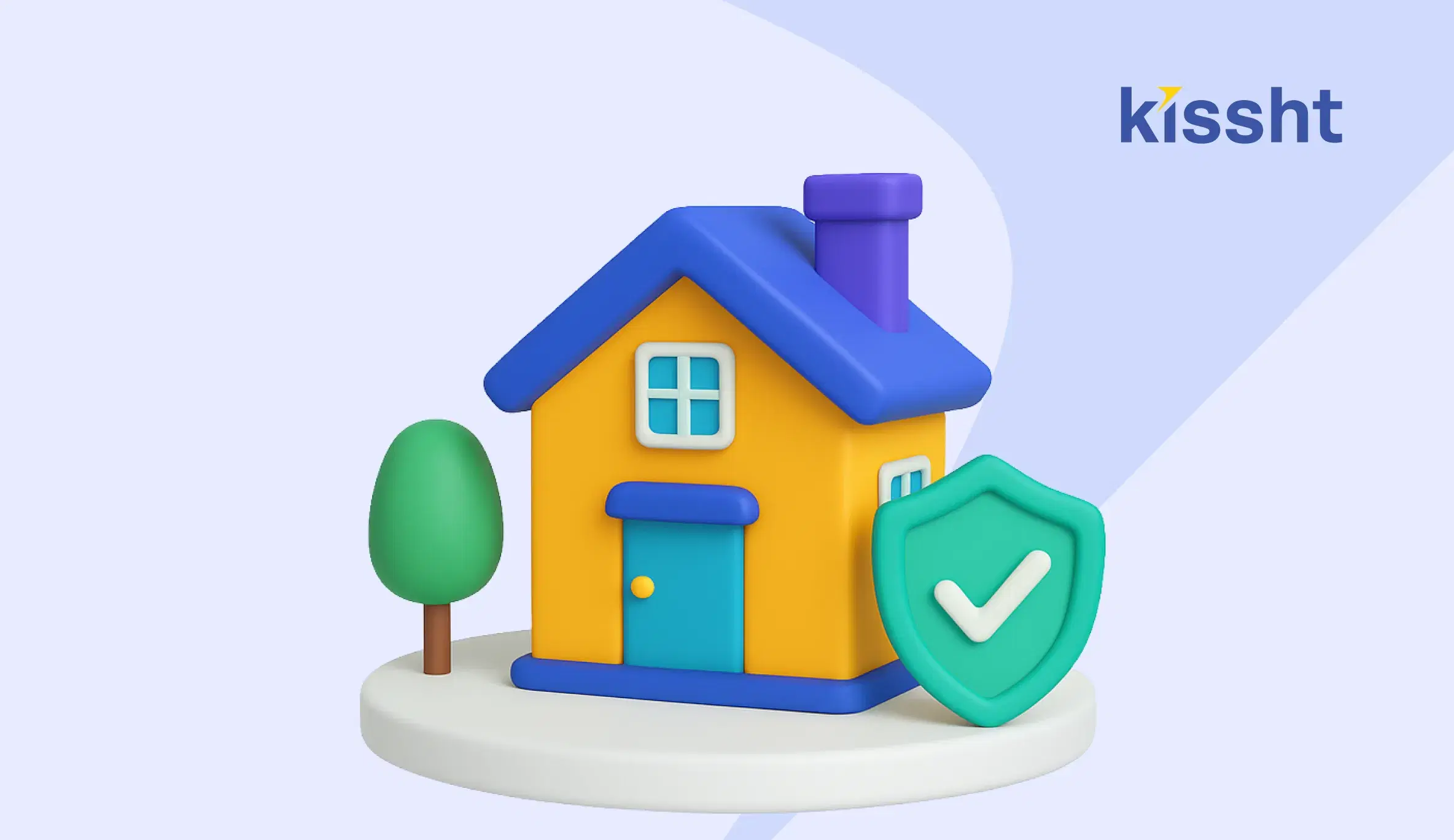
Nov 24, 2025
Best Home Renovation Ideas for Small Houses in India

Nov 19, 2025
Best Places to Visit in India in December with Family
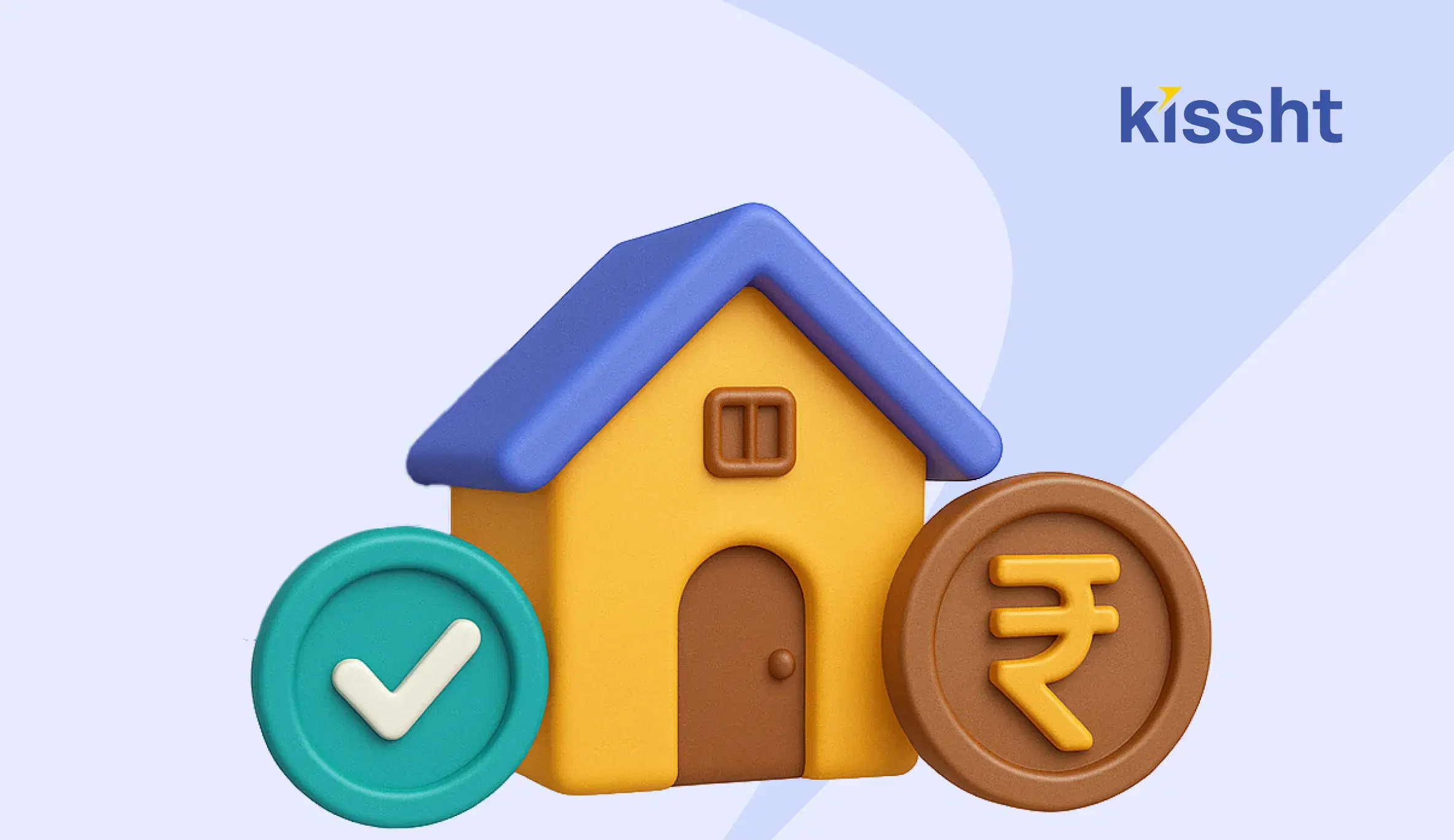
Nov 14, 2025
Pradhan Mantri Awas Yojana Gramin List
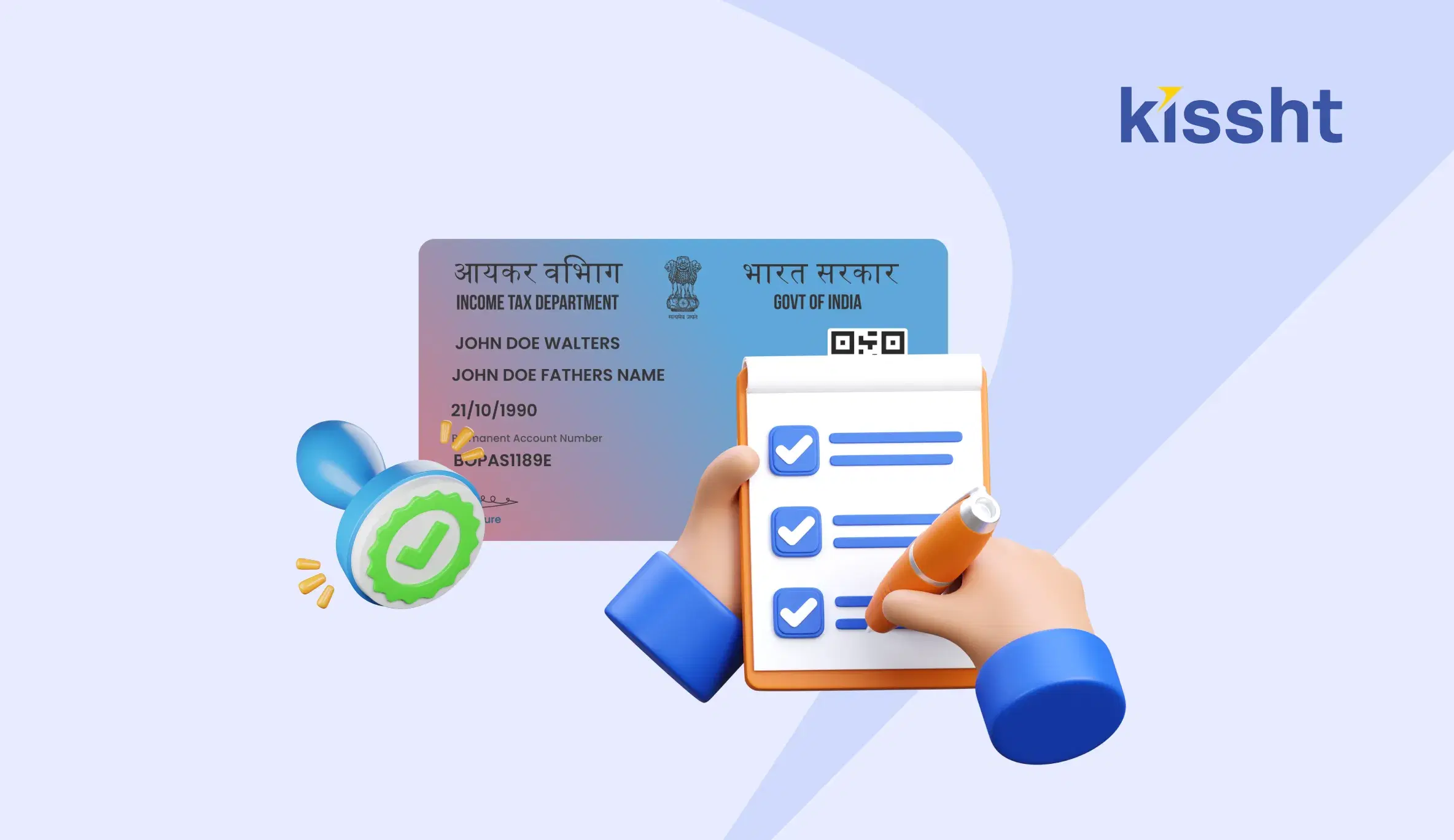
Nov14, 2025
What are the Documents Required to Apply for a PAN Card

Nov 14, 2025
Types of Passports in India – Eligibility and Application Process

Nov 14, 2025
How to Link Aadhaar with Bank Account - Online and Offline Process
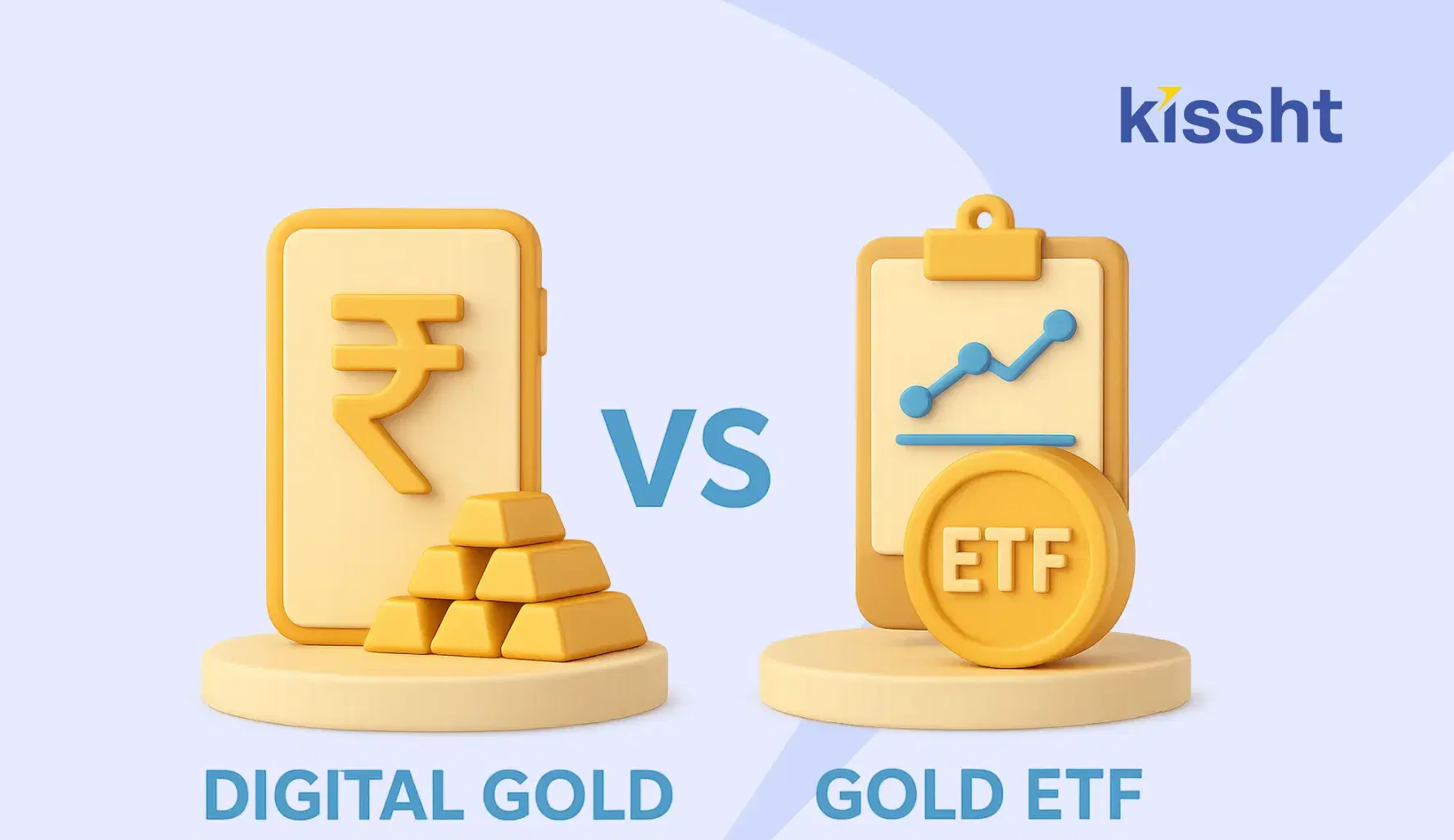
Oct 28, 2025
Digital Gold vs Gold ETF: Key Differences and Which is Better for You
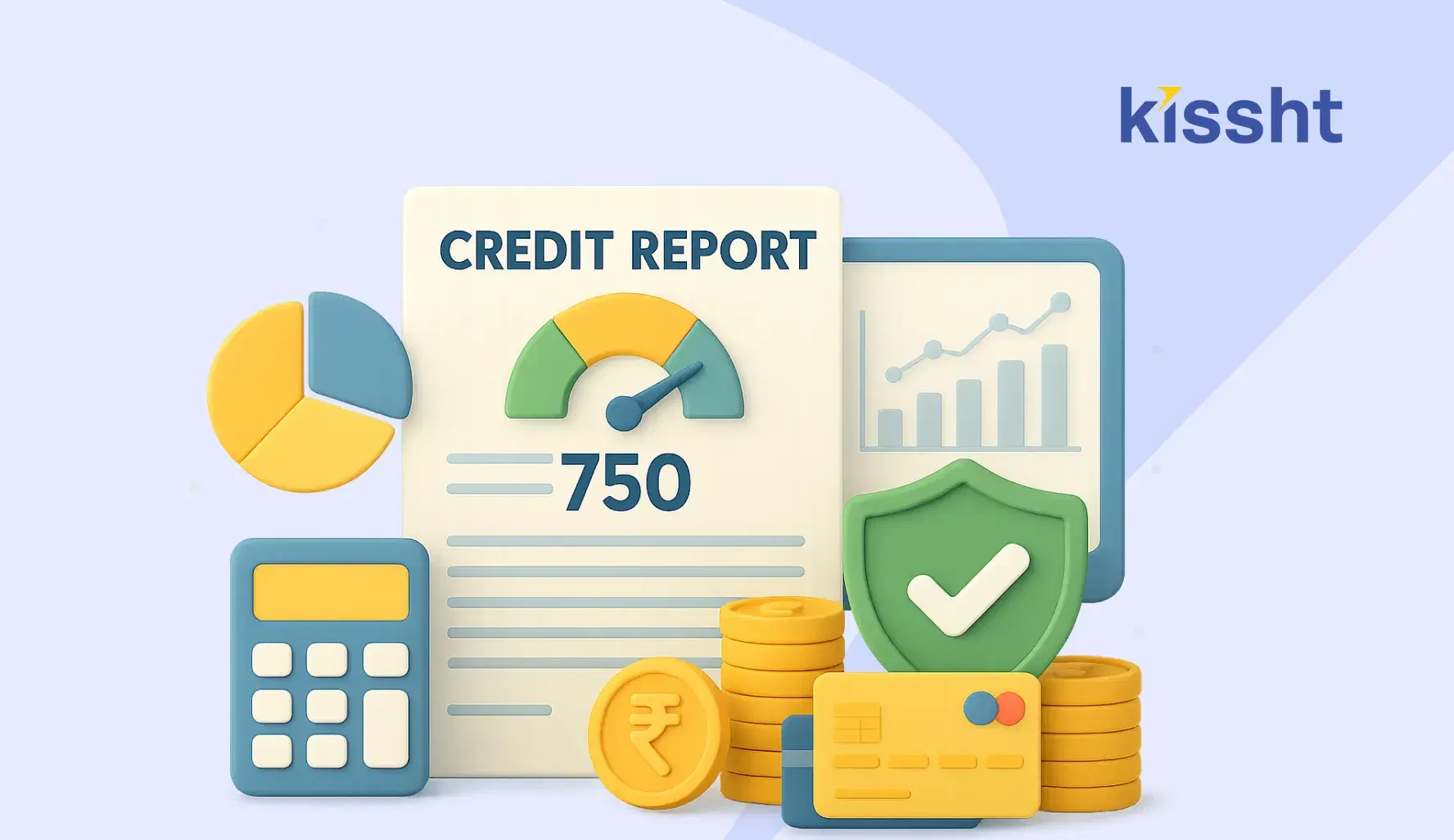
Oct 30, 2025
List of Credit Bureaus in India
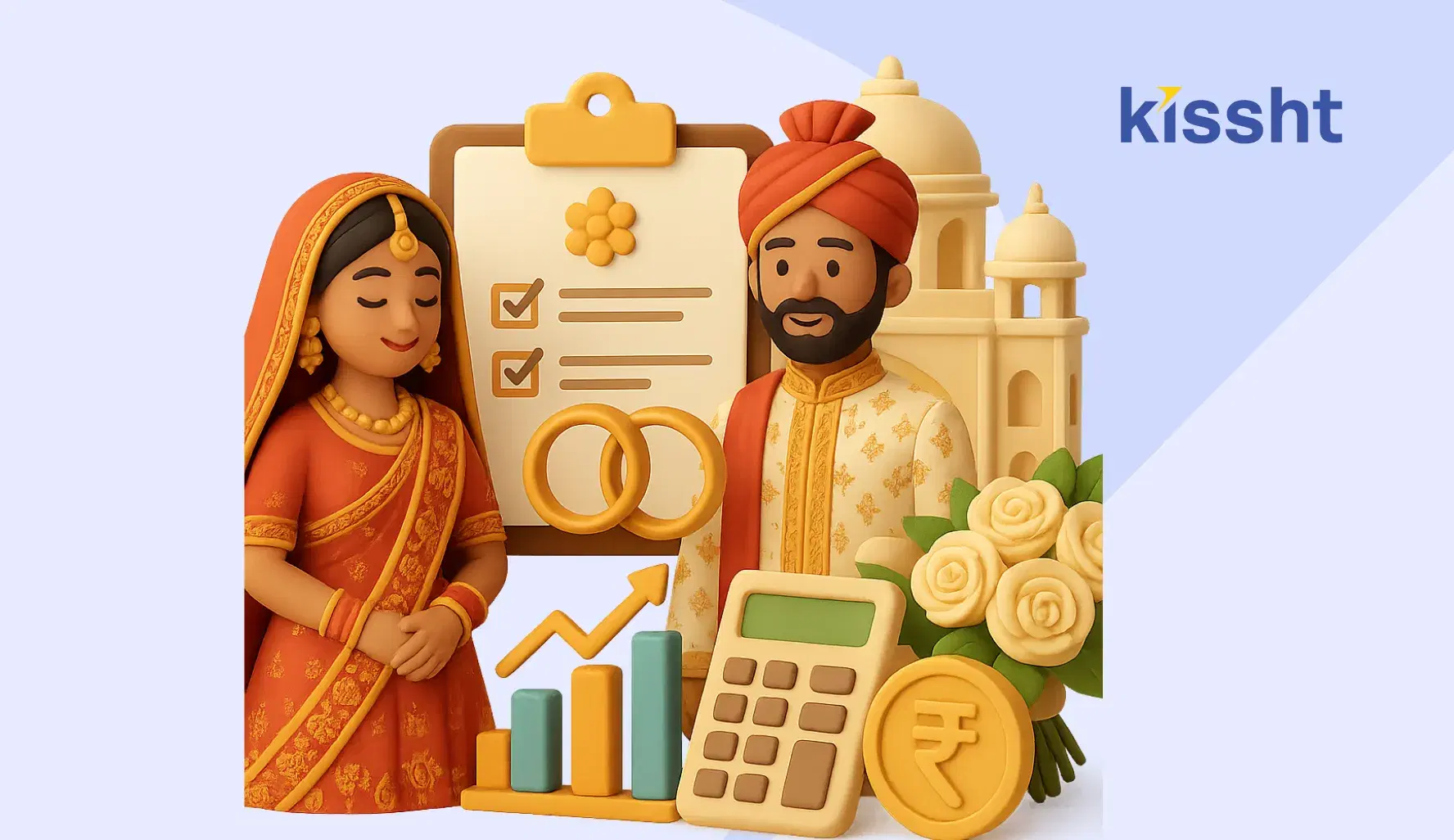
Oct 30, 2025
How to Choose the Best Wedding Planner for Your Budget

Oct 28, 2025
Best Places to Visit in December in India
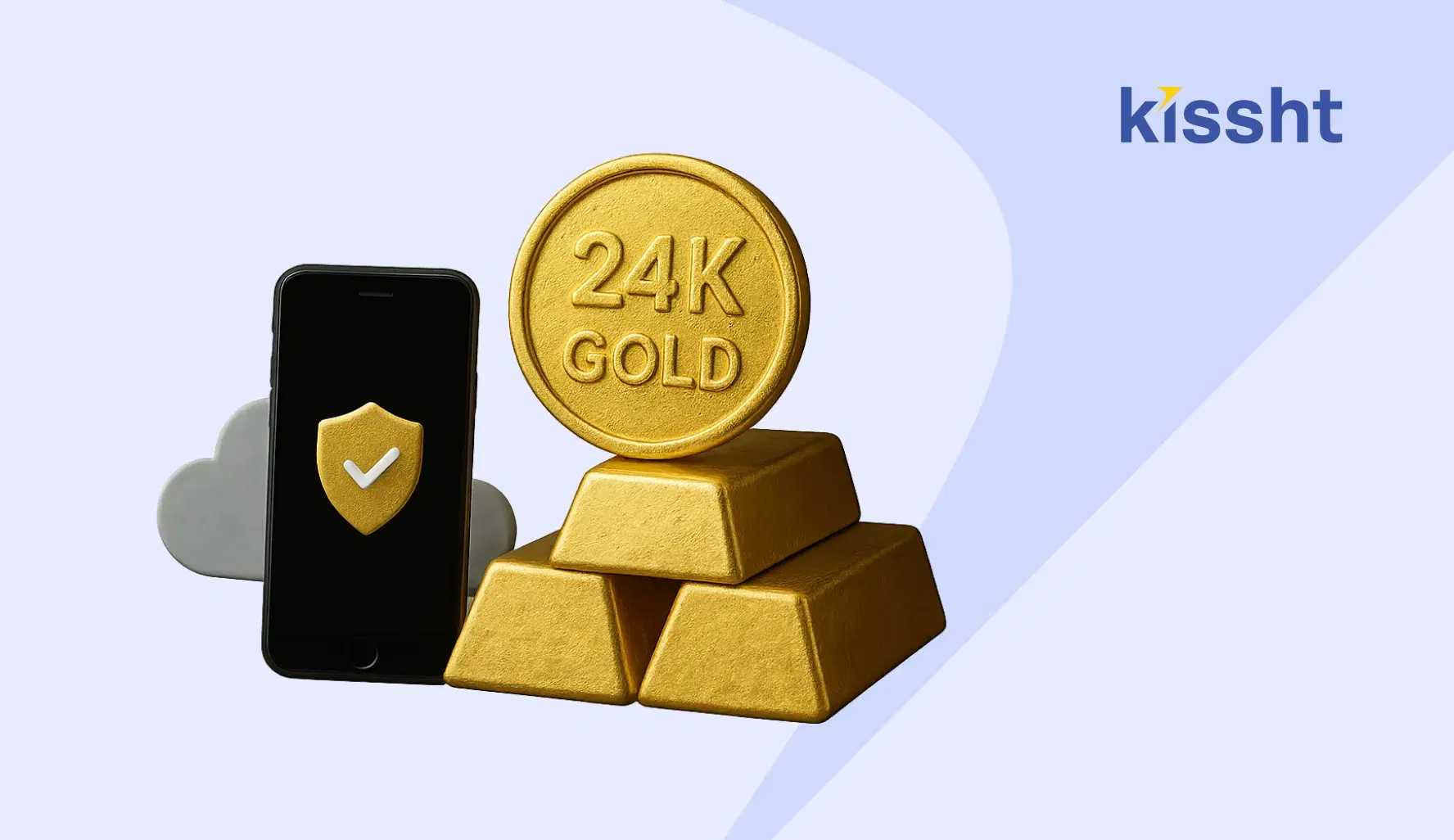
Oct 20, 2025
